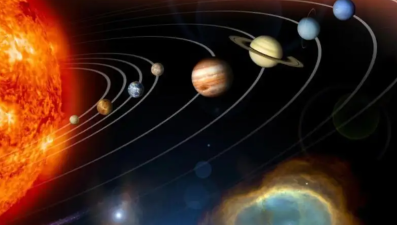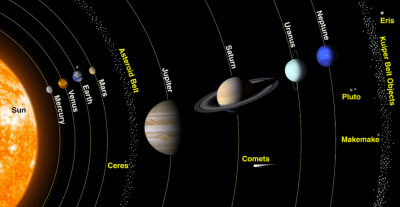The Solar System Explained in Simple Terms
The solar system is located approximately 24,000 to 27,000 light-years from the center of the Milky Way. (The Milky Way contains between 100 billion and 400 billion stars, of which the Sun is just one.) The Sun orbits the galactic center at a speed of 220 km/s, completing one orbit every 250 million years. This causes Earth's climate and the natural world to undergo a 250-million-year cycle. The Sun's orbit is generally oriented toward the constellation Vega, near Hercules.

- Core: This is where nuclear fusion reactions occur, reaching temperatures as high as 15 million degrees Celsius. Radiative zone: The region where energy is transferred from the core outward, where photons can take hundreds of thousands of years to traverse.
- Convective zone: Here, heat is transferred by convection, generating the phenomena on the Sun's surface.
- Photosphere: The surface of the Sun visible to the naked eye, with a temperature of approximately 5,500 degrees Celsius.
- Chromosphere: The thin layer of gas above the photosphere, with temperatures reaching tens of thousands of degrees Celsius.
- Corona: The Sun's outer atmosphere, with temperatures reaching millions of degrees Celsius, generates the solar wind that influences the entire solar system.
- Mercury: The smallest planet, with almost no atmosphere and extremely variable surface temperatures.
- Venus: Similar in size to Earth, but with a thick carbon dioxide atmosphere, extremely high temperatures, and sulfuric acid clouds on its surface.
- Earth: The only planet known to support life, with a suitable temperature and the potential for liquid water.
- Mars: Known as the "Red Planet," it has polar ice caps and dry riverbeds, suggesting the possibility of water in the past.
- Jupiter: The largest planet, with a powerful gravity and a rich satellite system. Its famous Great Red Spot is a persistent storm.
- Saturn: Famous for its spectacular rings, composed of ice and rock particles, and numerous satellites.
- Uranus: A sideways-rotating planet with extremely low surface temperatures and a distinctive blue appearance.
- Neptune: The farthest planet, with intense storms, a beautiful blue color, and extremely low surface temperatures.

- Terrestrial planets: Mercury, Venus, Earth, and Mars, are primarily composed of rock and metal, with hard surfaces.
- Giant planets: Jupiter, Saturn, Uranus, and Neptune, are primarily composed of gas and ice, and are large and heavy.




